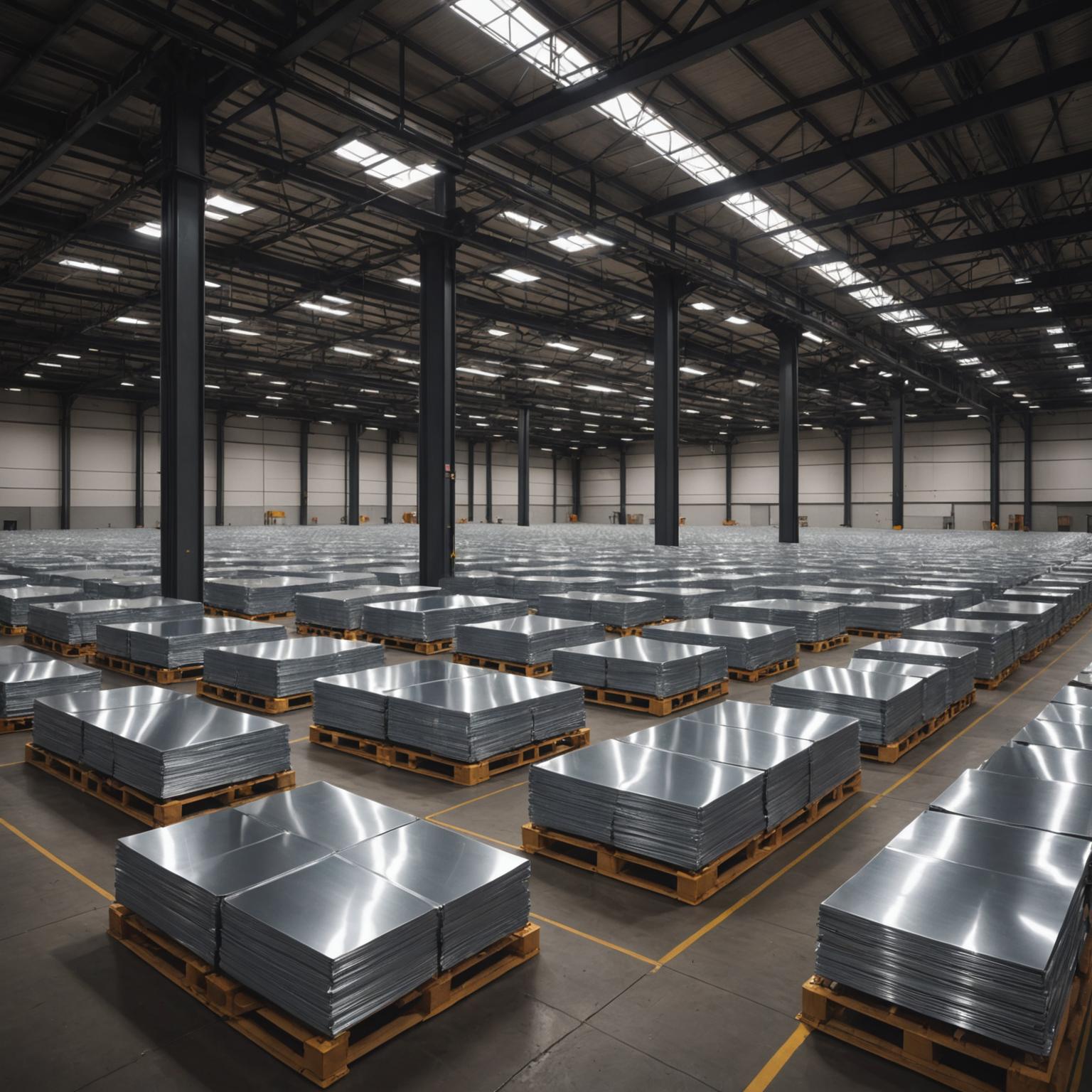Stainless steel is renowned throughout numerous industries for its strength, sleek appearance, and resistance to corrosion. From architectural facades and industrial machinery to high-end kitchen appliances, it has become a go-to material for projects demanding both durability and aesthetic appeal. However, despite its robust reputation, the longevity of this versatile metal is not absolute. The answer to what are the factors affecting the life of stainless steel plates is complex, involving a combination of environmental conditions, material selection, and long-term care. Understanding these variables is the key to maximizing your investment and ensuring that your stainless steel components last for decades.
Environmental and Corrosive Factors
Perhaps the most significant factor influencing the lifespan of stainless steel is its operating environment. While the material is highly resistant to rust, it is not entirely immune to corrosion under specific conditions. The primary threat comes from chlorides, which are commonly found in coastal and marine environments, de-icing salts used on roadways, and certain industrial chemicals. When chlorides concentrate on the surface, they can break down the steel's passive protective layer of chromium oxide, leading to localized issues like pitting or crevice corrosion. Pitting is particularly insidious, as it creates small, deep holes that can compromise the structural integrity of the material, while crevice corrosion occurs in tight spaces where oxygen is restricted. Similarly, exposure to industrial pollutants, such as sulfur compounds and other acidic agents, can accelerate degradation. Therefore, a careful assessment of the intended environment is the first critical step in selecting the appropriate material for any application.
The Impact of Grade and Composition
Not all stainless steel is created equal. The term encompasses a large family of iron-based alloys, each with a unique chemical composition tailored for different performance characteristics. The specific grade of the steel is a determining factor in its ability to withstand corrosive forces. For general-purpose applications in mild environments, a common grade like Type 304 is often sufficient. However, for projects exposed to harsh conditions, such as coastal construction or chemical processing plants, a more resilient grade is necessary. Type 316, for instance, contains molybdenum, an element that significantly enhances its resistance to chloride-induced pitting and crevice corrosion. Choosing the correct grade is not a matter of over-engineering; it is a fundamental requirement for ensuring the material's longevity. Selecting a premium-grade sheet, meticulously crafted to high standards, provides an inherent defense against premature failure and ensures the material can live up to its promise of exceptional resilience.
The Role of Maintenance and Surface Finish
There is a common misconception that stainless steel is a completely maintenance-free material. While it is low-maintenance, regular cleaning is crucial for preserving its passive layer and, consequently, its life. Surface contaminants, including dirt, grime, and salt deposits, can trap moisture and corrosive agents against the steel, creating a breeding ground for corrosion. Simple cleaning with mild soap and water, followed by a thorough rinse, is often enough to remove these deposits and restore the material's natural resistance. The surface finish also plays a vital role. A smooth, polished surface, for example, is less likely to trap contaminants and is far easier to clean than a rough or brushed finish. This smooth profile not only enhances the aesthetic appeal with a lustrous sheen but also contributes directly to a longer, more reliable service life by minimizing opportunities for corrosive elements to take hold. It is essential to avoid abrasive materials like steel wool or harsh chemical cleaners that can scratch the surface and damage the protective layer.
Mechanical Stress and Fabrication Practices
Beyond environmental and chemical factors, the physical and mechanical treatment of the material can profoundly affect its lifespan. Practices during fabrication and installation are critical. For instance, improper welding techniques can lead to a phenomenon known as “weld decay,” where the chromium content near the weld is depleted, making the area vulnerable to intergranular corrosion. Furthermore, high tensile stress combined with a corrosive environment can cause stress corrosion cracking (SCC), a failure mode that can occur even at stress levels well below the material's yield strength. Another important consideration is avoiding contact with dissimilar metals. When stainless steel is in direct contact with a less noble metal, like carbon steel, in the presence of an electrolyte (such as moisture), it can lead to galvanic corrosion, where the carbon steel corrodes preferentially but also compromises the integrity of the adjoining stainless steel. Proper design, careful handling, and precise fabrication techniques are non-negotiable for ensuring that the inherent strength and durability of stainless steel plates are fully realized in the final application.








